The United Nations has kicked off a movement for the future. They’ve identified 17 goals for sustainability world-wide, and they’ve given those goals to students around the world.
Here in Vermont, a cadre of passionate educators are scaffolding project-based learning around those goals. And #vted students are hard at work, changing the world, one community at a time.
What are “Global Goals”?
The United Nations Sustainable Development Goals, launched in 2015, aim to achieve three extraordinary things by 2030: end extreme poverty, fight inequality and injustice, and tackle climate change. Each of the 17 goals focuses on a different aspect of making the world a more sustainable and just place for all who inhabit it. If the Goals are met, the UN believes this will ensure the health, safety, and future of the planet for everyone on it.
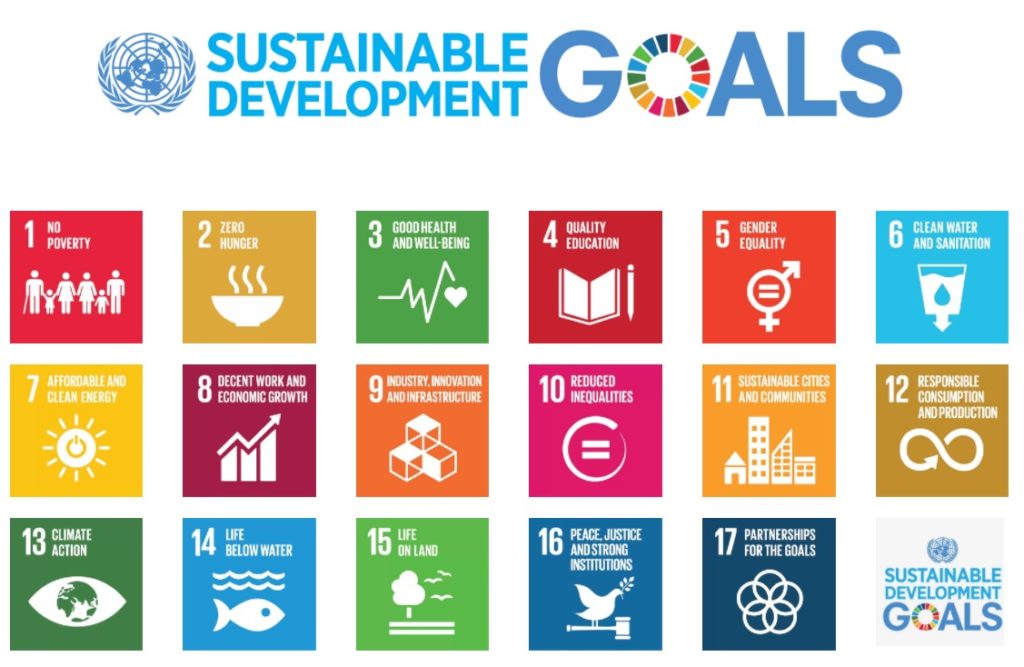
“Cultivating Pathways to Sustainability”
Vermont educators Kate Toland and Lindsey Halman collaborated with Shelburne Farms and the Bay and Paul Foundations to create “Cultivating Pathways to Sustainability”. Held in September and May, this event helps scaffold students in taking on meaningful project-based learning based on the Global Goals. Toland and Halman, who are both are deeply committed to engaging their students and communities in addressing local and global sustainability, hope the event helps rewrite the somber narratives around many issues that middle and high school students will face, such as climate change, poverty, and gender inequalities.
Their vision was to connect the promising efforts of Vermont’s Act 77 to global outcomes. They wanted to link what is going on inside classrooms to larger statewide efforts making a difference in our world.
4 ways students are tackling the UN’s Global Goals in Vermont
The students who attended last year’s inaugural gathering initiated projects in their own communities to work toward the sustainable development goals. In Morristown VT, students at Peoples Academy engaged in a variety of projects:
1. Lamoille River Stories
Students worked to understand the importance of the Lamoille River in their community. They gathered stories about the river and shared them in audio pieces using QR Codes placed at a kiosk along a recreational trail by the river. Visitors to the river can hear students explain the importance of the findings of their research.
The goal was to recognize the importance of our river to life on land and to life below the sea (Global Goals 14 and 15). Studying the importance of keeping the river clean while still using it as a source of recreation allowed students to work on understanding what goes into goals focused on clean water and sanitation (Goal 6) and sustainable communities (Goal 11).
2. “Who We Are”
Students worked together to create a documentary that explored the community and they shared it at an open house for the Morrisville community. This project helped students work towards Goal 11, becoming engaged and active citizens in their own communities. The students also partnered with the Vermont Folklife Center on learning the art of video production.
3. Sustainable Economics
PAML students also went into the community to evaluate what was sustainable or unsustainable about a variety of businesses. Goal 12 is Responsible Consumption and Production, and Goal 8 is Decent Work and Economic Growth. One student explored Butternut Mountain Farms ,a huge processor and distributor of maple products. They produced the video documentary below.
4. The Sustainability Academy Mural Project
One Essex Middle School student took her passion for art to the next level. Inspired by Goal 17, Partnership for the Goals, she created a collaborative mural project with PreK-5th grade students at the Sustainability Academy at Lawrence Barnes Elementary School, in Burlington VT. Working with each of the teachers there, this student provided them with resources for teaching about specific Global Goals. She then worked with all of the students to create a beautiful mural that’s now a permanent part of the school.
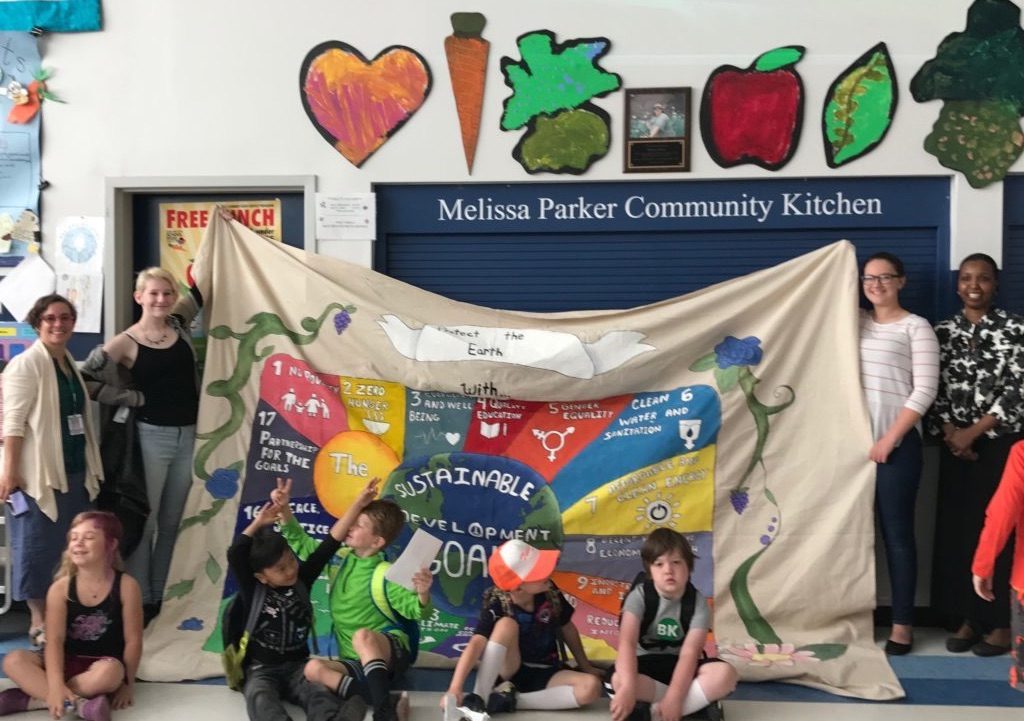
How can your students get started working with the Global Goals?
Start a conversation with your students around the 17 goals with these three questions:
- Which goal matters most to them?
- Are there multiple goals they can see affecting their community?
- When they look at their community, how do they want to help, and where would that project fit into the Goals?
As students undertake project-based learning work on the Global Goals, technology helps them connect to share their work. Check out this flipgrid where students can post updates about their projects and respond to other students’ work:
Allen Brook School’s Global Goals Ambassador:
Twitter is also alive with ways to connect around the goals. Use the #TeachSDGs hashtag or follow @TeachSDGs to learn what other educators have in the works. Allen Brook School’s Sharon Davison is an Ambassador for the Global Goals and frequently shares how her kindergarteners are using the Global Goals as a framework to learn about the world. Davison uses Twitter to make connections and invite participation from around the world. She also created this Symbaloo board to share other great #TeachSDGs resources!
https://twitter.com/kkidsinvt/status/925716794383519744
How could you use the Global Goals with your students? What kinds of PBL can you see them bringing to their communities?
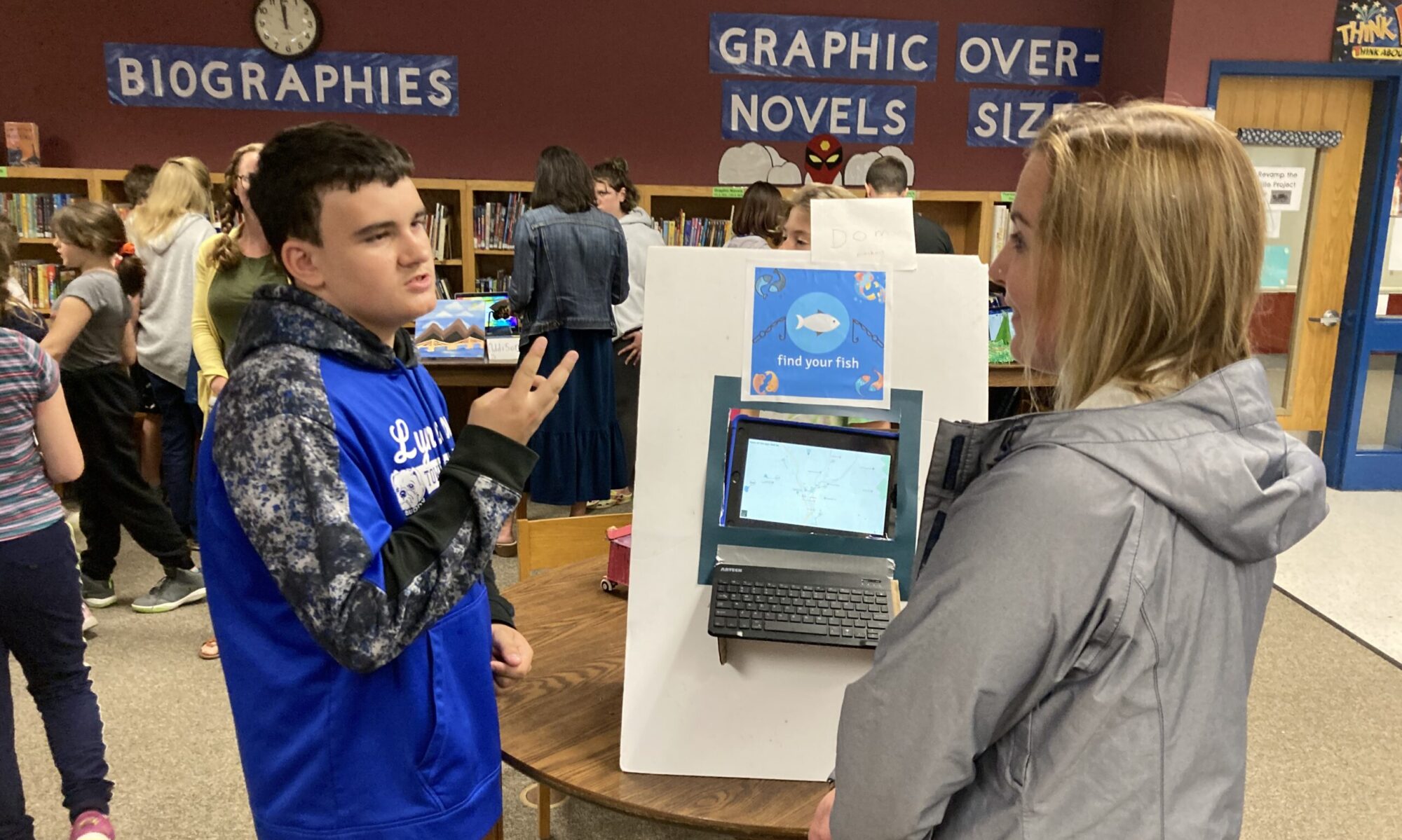


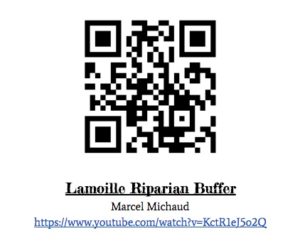
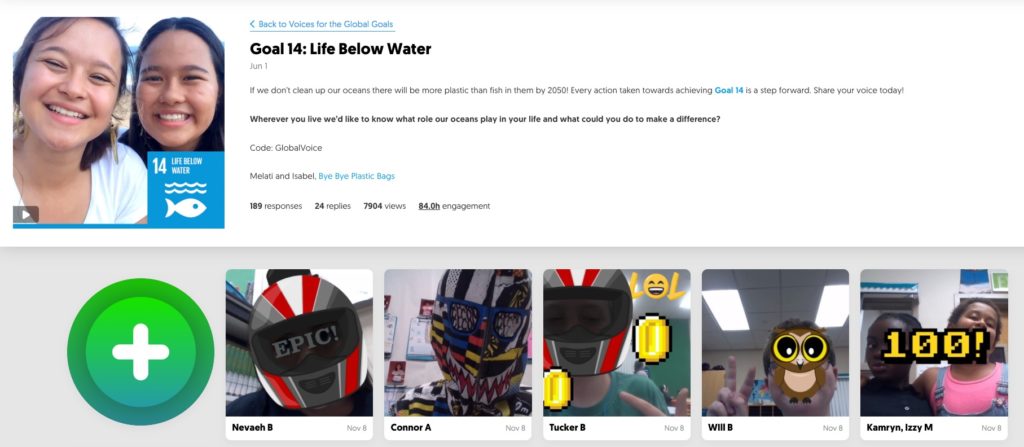
One Reply to “4 ways students are tackling the UN’s Global Goals in Vermont”
Comments are closed.